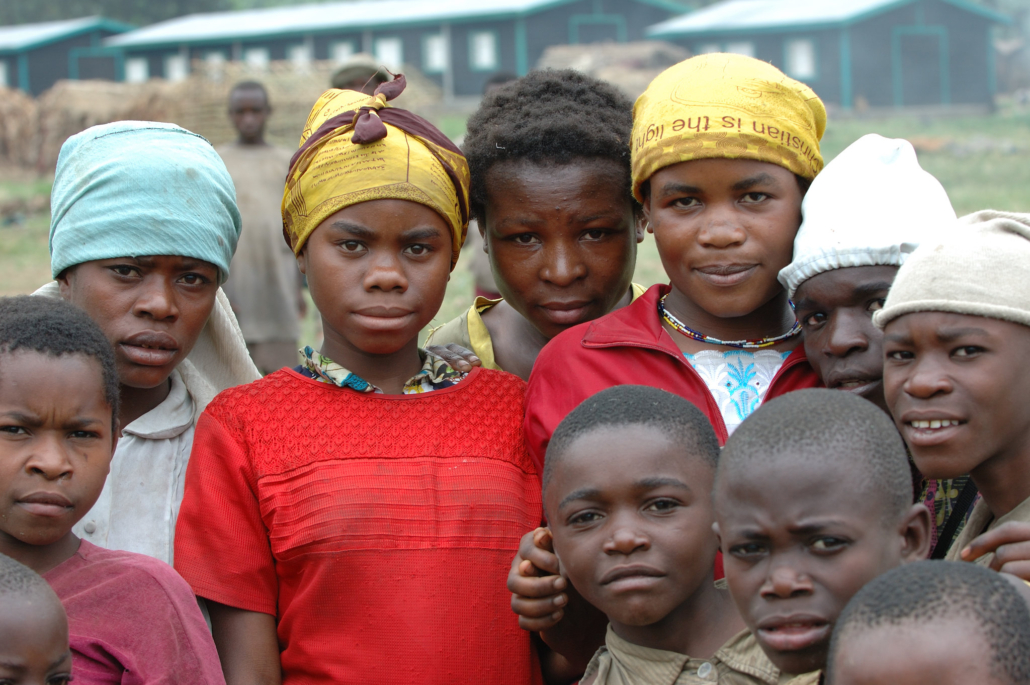How Digital Technologies Can Help End Child Poverty

Impoverished children have long been the target of anti-poverty efforts. In addition to being one of the groups most vulnerable to the effects of penury, ensuring children have opportunities to grow economically and socially is vital in the long-term fight against global poverty, considering they will form coming generations. This aspect has become more important than ever; due to factors such as the COVID-19 pandemic, child poverty has seen a substantial increase in many parts of the world, and the fight against child poverty as a whole has experienced complications. Thankfully, focusing on digital technologies can yield multiple solutions to many of the issues bound up in child poverty.
Understanding Child Poverty
Today, 1 billion children are in multidimensional poverty (with about 356 million of those children being in extreme poverty), which means they lack access to various necessities ranging from clean water and food to a proper education. In recent years this number has unfortunately increased, with the COVID-19 pandemic pushing another 100 million children into poverty.
The effects of child poverty can be devastating, both short and long-term. About 3.1 million children die each year (or 8,500 children a day) from a lack of proper nutrition. For many other children, not having adequate nutrition or clean food can lead to several issues such as stunted growth. In the long term, if these impoverished children are unable to get a proper education, that will stymie opportunities for them to climb the economic and social ladders and raise themselves out of poverty. For these issues and many more, child poverty is a vital facet to focus on when fighting against world impoverishment.
Technological Solutions
Thankfully, digital technology has emerged as one avenue to fight child poverty. For example, one huge way digital technologies are improving the lives of impoverished children is by providing greater access to education. As technologies like computers and cellular connectivity continue to gain a greater foothold in the world’s poorest regions, they provide opportunities for children to have complete, safe and efficacious access to sources of education. Studies that the United Nations and agencies like UNICEF have backed this up by showing that using digital technologies to educate poor children can not only help them get into the educational system but help them catch up on time they lost in the classroom during events such as the COVID-19 pandemic.
Digital technology can also help fight child poverty in ways many may have never considered. For example, the introduction of new technologies into poor regions can help improve their Civil Registration and Vital Statistics (CRVS) systems, programs that various national governments use to record data such as birth date, place and other vital information about individuals. These systems do not have records of many of the world’s poorest children, which means these children cannot access things that their governments provide such as social, health and education services. Streamlining digital technologies that allow for poor children to be registered in these systems, will ensure they have the full support and protection of rights from the government necessary to thrive and survive.
Looking Forward
Child poverty remains a top issue in the fight against global poverty. Thankfully, several of the issues rooted in this fight are possible to combat through the promotion of the innovative use of digital technology in the world’s poorest regions. As more research continues into how digital technologies can help end child poverty, progress will continue.
– Elijah Beglyakov
Photo: Flickr
